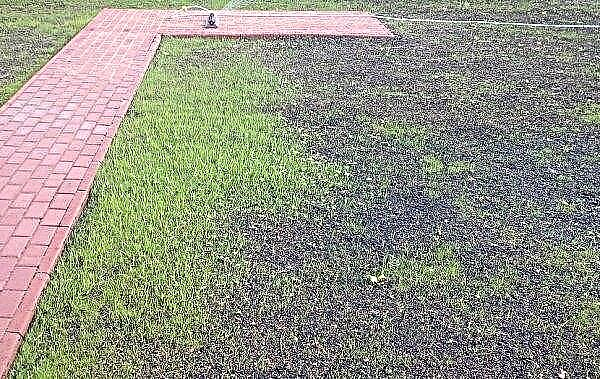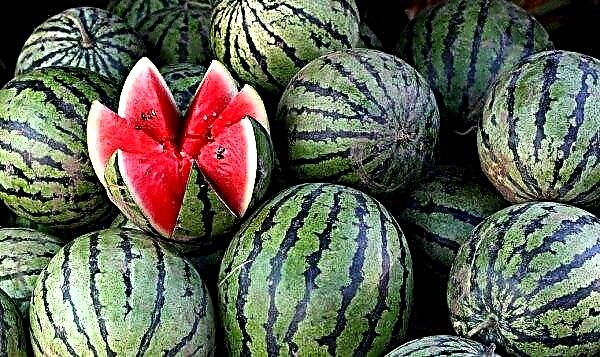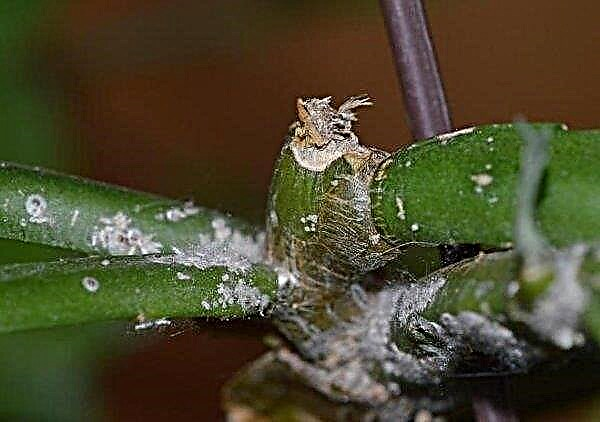Violet Nautilus is the fruit of the work of Elena Korshunova, therefore, in the official name of the variety there is an EC prefix. Her unusual appearance attracts more and more fans. How to care for and propagate it, you can learn from this article.
Botanical description of the plant
Violet Nautilus forms a compact rosette up to 40 cm. Large foliage is pubescent, like all violets, usually dark green in color. The leaf plates are wavy, they tilt down as they grow. A distinctive varietal feature is pale blue terry petals with a dark blue stripe at the edges, which forms a star.
But with this flower, not everything is so simple: despite the unpretentiousness of the growing conditions, the way the flowers will look depends on the microclimate. At cooler temperatures, the margins of the petals may be bordered by a light green stripe. At a higher temperature, the color of the petals produces a more saturated blue hue. The first flowering can bring white flowers or the corresponding varietal color, but with simple petals.
Nautilus blooms on the 7-9th month after planting, blooms profusely and for a long time, with proper care - up to 10 months. When flowering, a fluffy hat covers the outlet. Flowering time can be any, depending on the planting time of the plant. Usually planted in the spring, but emergency options are possible when a diseased plant is saved.
Conditions for successful growing at home
Creating an optimal microclimate is half the success in growing Nautilus.
Did you know? One of the recognized masterpieces of painting by Manet was the painting "Berthe Morisot with a bouquet of violets", written in 1872.
Placement and lighting
It is desirable to place the flowerpot on the eastern window sills: in this case it will receive bright diffused light, which is ideal for the variety. Violet is photophilous, therefore, in winter, artificial lighting should be provided. Ideal for this purpose is a fluorescent lamp, which must be placed above the flower at a distance of at least 35 cm. Lighting is necessary for the plant 10-12 hours a day.

Temperature and humidity
The temperature range in which the senpolia can grow has large boundaries from + 14 ° C to + 30 ° C. The optimal mode for ideal and long-term flowering and preservation of varietal characters will be the range + 20 ... + 24 ° С.
The variety does not like dry air, the desired moisture content is 65–70%. It is possible to maintain such indicators, especially during the period of working heating batteries, using a special humidifier or placing an aquarium with clean water next to it.
Important! You can not spray flowers: moisture on the leaves will provoke bacterial infections.
How to care at home
Care for the indoor flower consists in timely watering and top dressing, as well as transplanting as necessary.
Watering
A distinctive feature of all senpolia is the formation of a dense rosette of leaves that covers the entire surface of the soil. And since moisture on the leaves is detrimental to the plant, watering is carried out either through a wick, or submersible, or through a tray. The latter option is much more convenient. Warm water up to + 20 ° С is poured into the pan, which is separated from harmful water impurities. Pour in small portions, then leave for 15 minutes. Violet takes the amount of water needed, the rest of the liquid is drained.
The frequency of watering will depend on the measure of dryness of the soil lump in the tank. You can not completely dry it: the plant can begin to fade and delay flowering.
Fertilizer application
Since Nautilus blooms for a long time, he needs a supply of nutrients. Mineral mixtures with the necessary balance of minerals are an ideal option for a home senpolia. For example, the Bona Forte complex for violets and begonias. The fertilizer manufacturer recommends preparing top dressing in a proportion of 10 ml / 1.5 water, but it is advisable to reduce this rate by 2 times. Fertilize the plant every 2 weeks.
Important! You can not feed a diseased flower or just replanted. This can be harmful because a weakened plant does not absorb fertilizer well.
Transfer
Senpolia transplantation is carried out every year in the spring. This is done so often, because the plant forms many roots above the surface of the soil, and the root located in the ground dies. The container for transplantation can be taken from any material, the only condition is the presence of a drainage hole. The size should not differ from the previous pot, height and volume ideally 10-12 cm.
The substrate is independently prepared from such components in a ratio of 2: 2: 1: 1:
- garden soil;
- perlite;
- coarse sand;
- horse peat.

- The violet must be carefully thrown out of the old container, it will facilitate the task of tapping the walls of the pot.
- Carefully remove adhering old soil from the root.
- Long roots are shortened, patients are cut and treated with powdered powdered coal.
- At the bottom of the pot with a layer of 2 cm put drainage material: expanded clay, pebbles.
- Then a hill of soil is poured and a plant is placed on it.
- Holding the flower with your hand, add soil to the edges and lightly tamp.
- After planting watered.
- For 2-3 days, the pot is removed in the shade so that the plant adapts faster.
Video: Violet Transplant
How to breed at home
Violet propagates vegetatively, seed propagation is carried out only by specialists, most often to breed new varieties. The plant is propagated most often in spring.
Cuttings
A healthy leaf of the second or upper row of the outlet is used as a handle. The material is cut with a disinfected sharp knife.
Further scheme:
- Pour clean water into a plastic cup, add a tablet of powdered activated carbon crushed into it.
- Place the sheet in the container and put it in a warm place.
- When roots 1 cm long appear, the stalk is buried in the soil for the entire length of the roots.
Did you know? Candied violets were the favorite delicacy of Queen of Belgium Elizabeth of Bavaria.
Kids
Violets are called an independent plant, which grows from a rooted leaf. The resulting small leaves already have their own root system, so they are easily rooted when transplanted from the mother leaf. For transplantation, children pick up a pot up to 6 cm tall and volume, cover the top with a film. Every day, until the plantlet has taken root, it needs to be aired and sprayed around the stem.
Growing difficulties
Variety Nautilus may become ill due to carelessness of the grower, violation of the regime or deviations from the conditions of detention.
Possible diseases, pests and measures to combat them:
- Vascular bacteriosis - causes softening of petioles of leaves and leaf blades. It occurs due to excess moisture in the soil. The treatment will be watering correction and treatment with Gamair fungicide. A solution of 0.5 tablets in 2.5 liters of water shed the soil.
- Rot - The cause of the disease is also excess moisture. Treatment - treatment with Diskor, spill the soil with a solution prepared in a proportion of 0.5 ml / 2.5 l of water.
- Aphid, spider mite - a broad-spectrum insecticide Agrovertin is effective against pests. The working solution is prepared in a proportion of 2 ml / 1 l of water from the tick, 6 ml / 1 l of water from the aphids, the treatment is carried out by spraying.
The beauty of the Nautilus variety attracts many connoisseurs of violets. Growing and caring for a plant does not require special knowledge and a lot of time. The splendor and duration of flowering exceed all the expectations of the grower.













